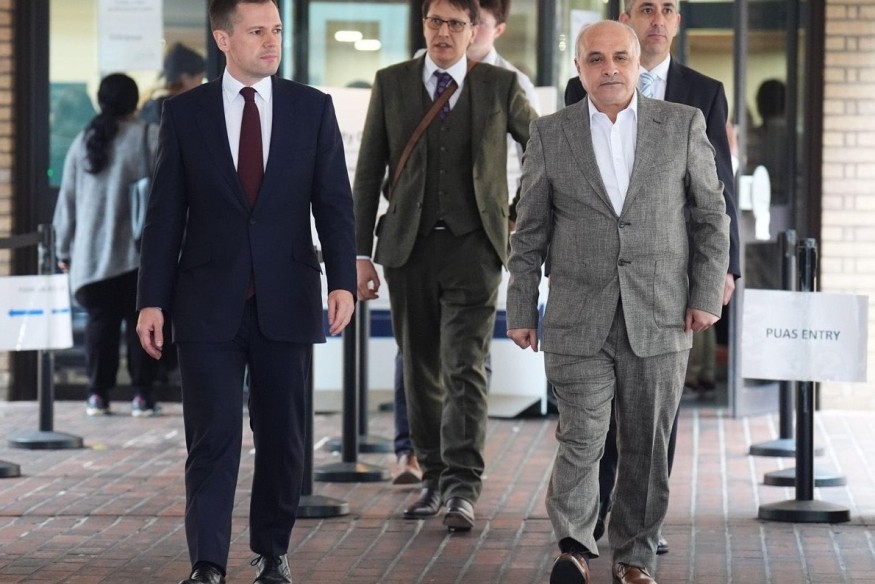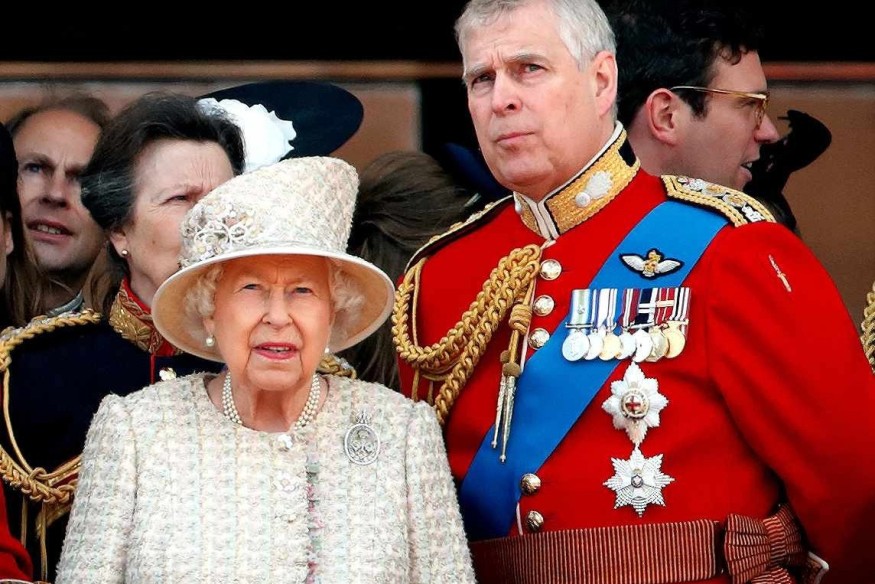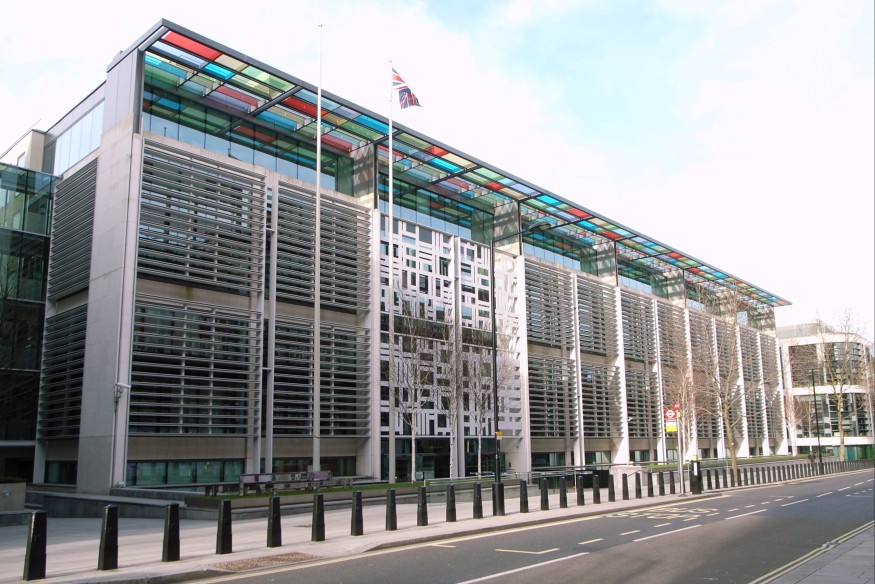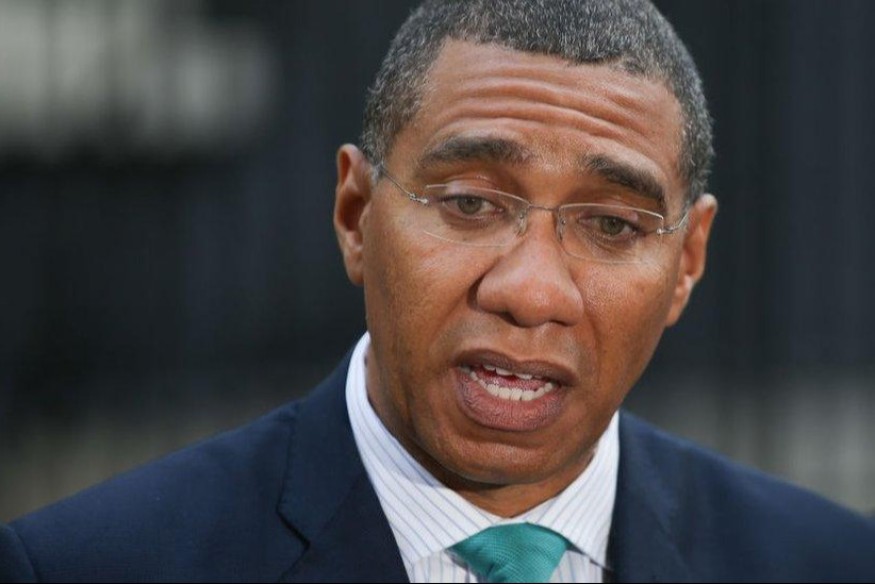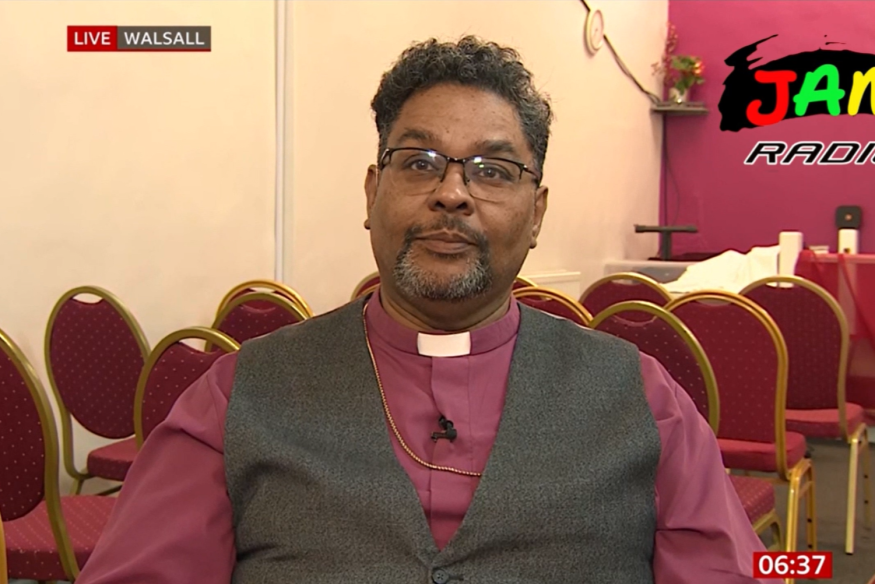
October 07, 2025
When Robert Jenrick described Handsworth, Birmingham as being “as close as I’ve come to a slum in this country,” he wasn’t just commenting on litter. He was drawing a racial boundary, one that casts Black and South Asian communities as failed citizens, living “parallel lives” in need of correction. But what Jenrick’s remarks reveal isn’t a concern for integration. It’s a selective tolerance for segregation, depending on who’s doing the segregating.
Robert Jenrick called Handsworth “as close as I’ve come to a slum.” He didn’t mention the bin strike. He didn’t mention the people. Just race, litter, and fear. How integration becomes a weapon when the community isn’t white. #JamRadio #Jenrick #Handsworth #RacialDoubleStandard pic.twitter.com/aRgYGpbXBb
— Jam Radio UK News (@Jam_RadioUK) October 7, 2025
Take Stamford Hill and Hendon, two North London neighbourhoods with large Orthodox Jewish populations. These areas are celebrated for their cultural cohesion. Jewish residents support Jewish-owned businesses, attend Jewish schools, and maintain religious infrastructure that serves their community exclusively. There’s no political panic about “parallel lives” here. Instead, these enclaves are protected—by planning laws, by local councils, and by a quiet consensus that Jewish self-preservation is not only acceptable, but admirable.
Advertisement
Now compare that to Brixton. Once a thriving hub of Caribbean life, Brixton has been systematically gentrified. Black-owned shops replaced by sourdough bakeries. Community centres shuttered. Rents doubled. The very cultural distinctiveness that made Brixton vibrant has been commodified, then erased. Integration here doesn’t mean coexistence, it means displacement.
Advertisement
Jenrick’s rhetoric about Handsworth echoes a long tradition of racialized urban critique. From Enoch Powell’s “Rivers of Blood” to the coded language of “community cohesion,” the British state has consistently framed Black and Muslim neighbourhoods as threats to national identity. Meanwhile, Jewish communities—especially Ashkenazi ones—are granted a kind of cultural immunity. Their parallel institutions are seen not as separatist, but as sacred.
Kemi Badenoch just backed Jenrick’s “slum” slur and accused Perry Barr MP Ayoub Khan of being a sectarian MP playing divisive politics. #JamRadio #Handsworth #Jenrick #Badenoch #PerryBarr @AyoubKhanMP #BBCBreakfast pic.twitter.com/8s3dGC4dvq
— Jam Radio UK News (@Jam_RadioUK) October 7, 2025
But Jenrick’s rhetoric didn’t stand alone—it was swiftly echoed by his party’s leader, who framed the remarks as “honest reflections” rather than racial provocation, signalling a coordinated shift toward culture-war politics dressed as urban critique. She even went futher in taking a swipe at Perry Bar MP Ayouv Khan labelling him as the epitome of divisive politics.
Advertisement
This isn’t about attacking Jewish communities. It’s about exposing the hypocrisy in how Britain defines integration. If cultural preservation is a right, it must be a right for all. If parallel lives are a problem, they must be a problem everywhere—or nowhere.
Jenrick’s comments aren’t just offensive. They’re revealing. They show us whose identities are allowed to flourish, and whose are forced to assimilate—or disappear.



